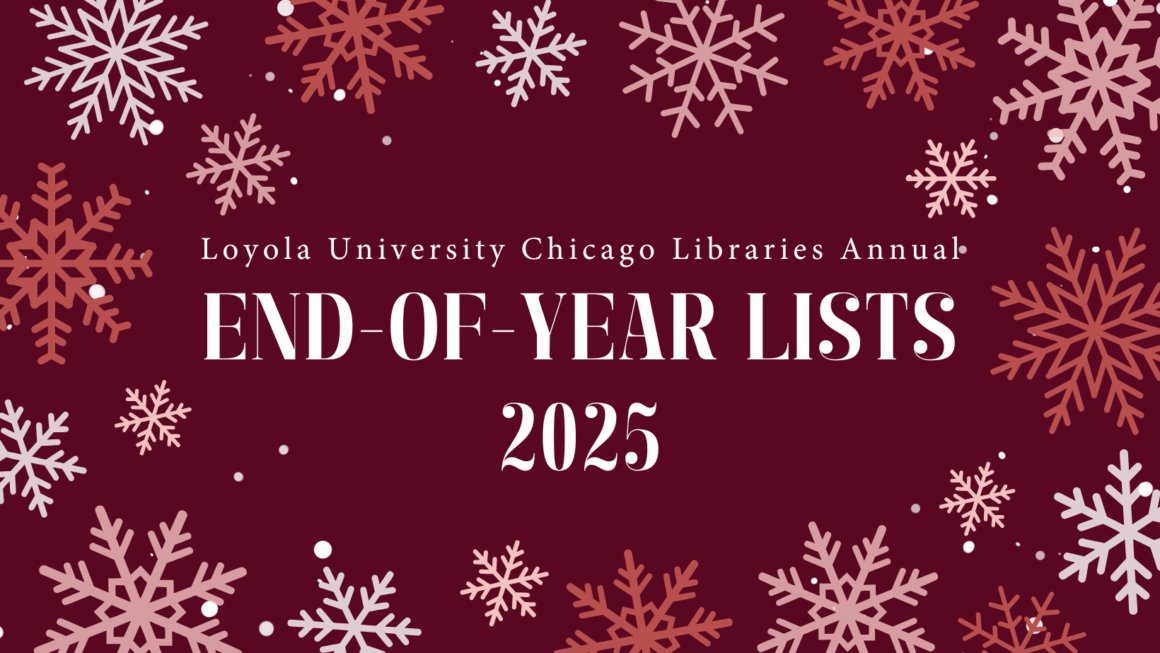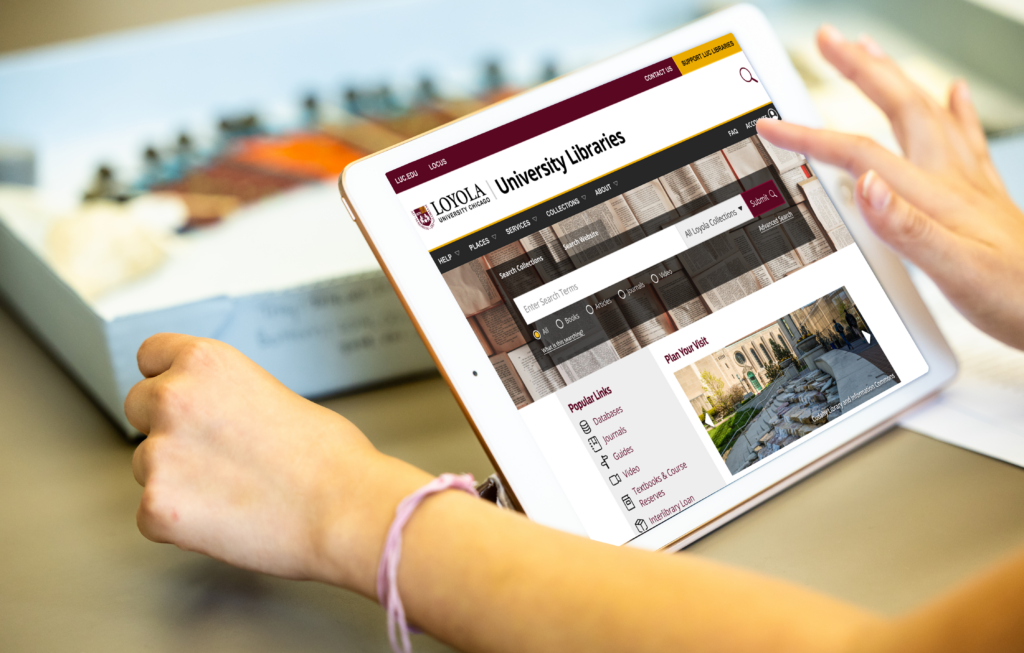A key element in the Open Access movement is the development of Open Educational Resources, or OERs. Open Educational Resources are educational materials that are in the public domain and open to anyone to use, adapt, and share. OERs are often thought of as free online textbooks, but this category of materials can also include syllabi, testing materials, lecture notes, audiovisual resources, or entire course curricula. Educators around the world have worked to develop OERs in response to the cost of textbooks, which is rising at a much higher rate than overall prices. OERs also offer educators and students the option to customize, enhance, and share learning materials to create unique and collaborative learning experiences.
There are a several useful resources for finding OERs that you can use or adapt for any purpose. OpenStax has a number of high quality, peer-reviewed textbooks on core math, science, and social science topics. You can download PDF copies of each book for free, or order print or ebook versions for less than the cost of a typical college textbook. Another source for OERs is the Open Textbook Library, which provides free downloadable textbooks on a wide variety of topics, all reviewed for quality and made available under an open license. Yet another great resource is OER Commons, which functions as a massive database of OER content, and a tool for building your own lessons.
If you’re interested in exploring Open Educational Resources, a good place to start is with Healing Earth, an environmental science textbook created by the International Jesuit Ecology Project, which is based at Loyola.
Learn more about Open Access from the Libraries’ Open Access Research Guide and from the International Open Access Week website.


